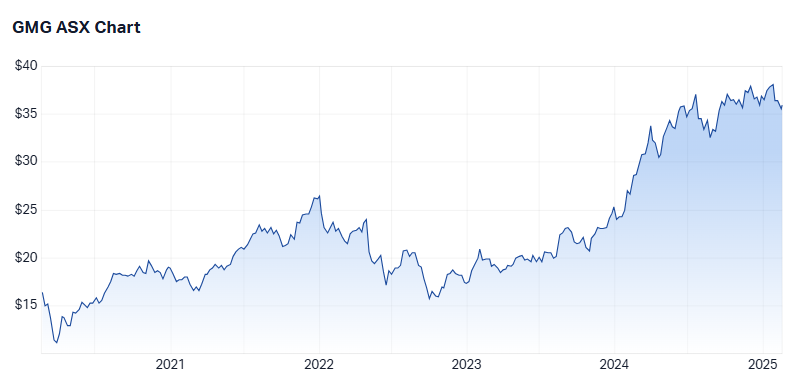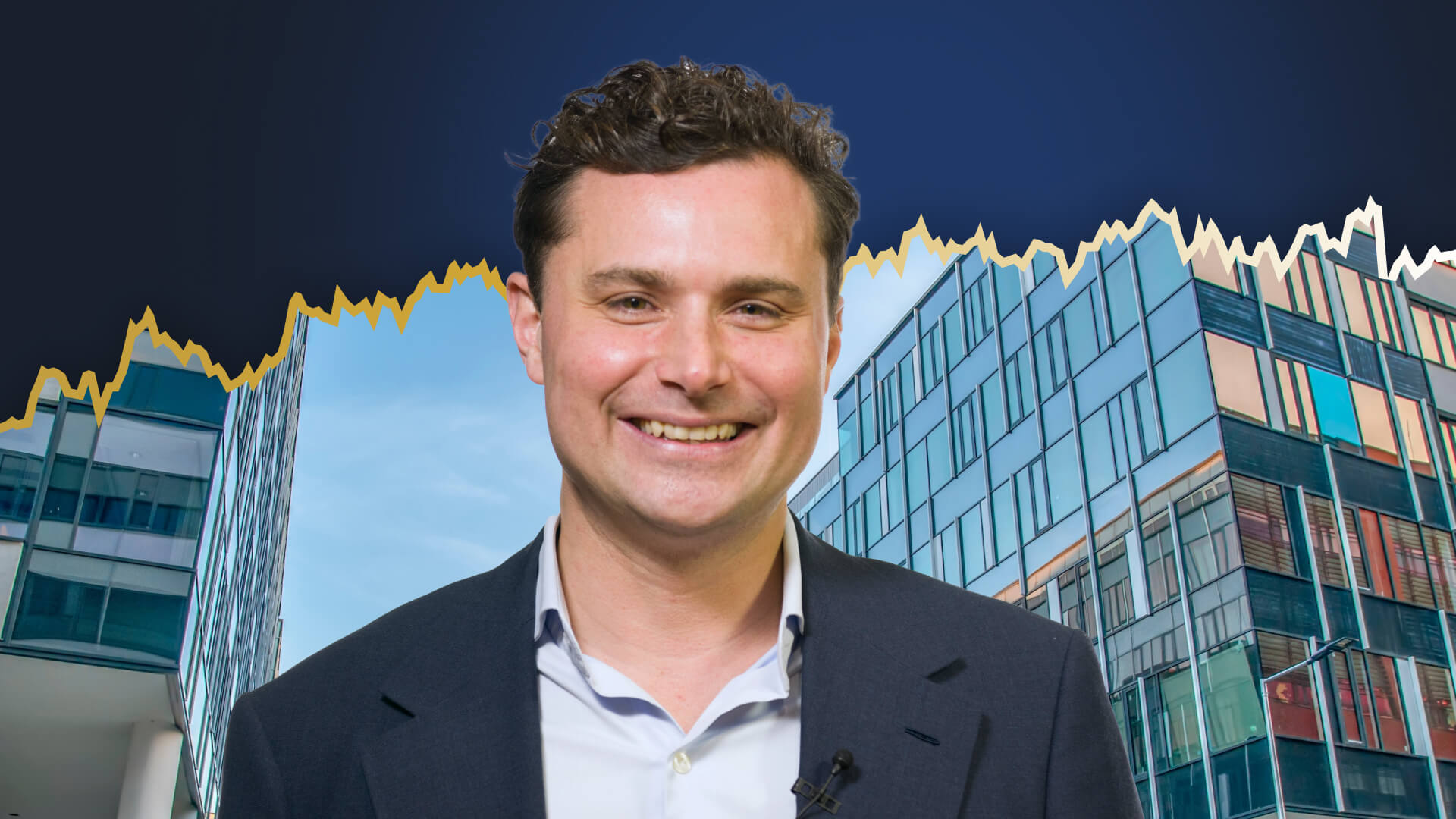Goodman’s AI ambitions: Can it deliver long-term returns? Michael Wayne weighs in
Despite an increasing risk profile, Michael Wayne, Managing Director at Medallion Financial Group, remains optimistic about Goodman Group (ASX: GMG) as the company deepens its bet on data centres to capitalise on the AI boom.
While Goodman has long been a leader in industrial property, its latest half-year results highlight a strategic shift toward high-growth assets. The company reported a 1H25 operating profit of $1,222.4 million, up 8%, alongside an equity raising of $4 billion to fund its expansion in data centres.

Despite softer-than-usual guidance for FY25, Wayne believes GMG remains a compelling long-term hold, provided it executes well on its ambitious growth plans. We spoke with him immediately after the earnings announcement to break down the key takeaways.
Goodman Group’s HY25 Results
- Operating profit: $1,222.4m (+8%)
- Operating EPS: 63.8 cents (+7.8%)
- Statutory profit: $799.8m (versus a loss of $220.1m in 1H24)
- Gearing: 16.8% (up from 8.4% at 30 June 2024)
- Interest cover ratio: 50.6x (look-through: 11.9x)
- Liquidity: $2.7 billion in undrawn lines
- NTA per security: $9.44 (+7%)
- Interim dividend: 15.0 cents per share
- Equity raising: $4 billion at a 6.9% discount to the last closing price
.jpg)
What was the key takeaway from this result?
As Goodman’s focus turns increasingly towards data centres, management hopes that taking on more development risk in the near term will improve the company’s long-term growth profile.
Were there any surprises in this result that investors need to be aware of?
The biggest surprise was the sheer size of the capital raising.
While a raising was expected, the sheer quantum of $4 billion was larger than anticipated.
Additionally, the softer-than-usual guidance for FY25 was another unexpected factor, which could put some pressure on the share price in the short term.
Would you buy, hold or sell Goodman off the back of this result?
HOLD
It’s a business we hold. We’ve done well off it over a long period and like it from a long-term perspective. However, given the EPS dilutive capital raising and softer FY25 guidance, we’re keeping it at a hold for now. If the share price moderates, we may look to top up.
Goodman is making a bigger push into data centres. How are you assessing its long-term potential?
We are cognisant of the fact of what Goodman is trying to do here, which is to capitalise on the boom that is unfolding in data centres; the thirst and need for data long term. And we implore the company to pursue that growth.
We understand that to get to the final end goal, it's going to require a lot of capital investment and a lot of development and that inherently brings risks which we're mindful of.
If they're able to execute as they've been doing so far in the data centre space, whereby their returns on investment have been higher than the rest of the industry, and if they can maintain that competitive position, then it's safe to assume - barring any significant market dislocation - that the share price would be higher over time.
Will you be participating in the equity raising?
At this stage, we’d look to partake in the share purchase plan but won’t be chasing the institutional raising.
While the discount is attractive, it’s not compelling enough given the results. The business remains strong, but today’s numbers didn’t necessarily exceed expectations.
Are there any risks investors need to be aware of?
One of the elements I touched on when I looked at Goodman Group in August last year at the full-year results was that their project duration times have increased. This will impact revenues in the outer years but should also lead to superior margins.
There is no doubt that management has taken on significantly more development risk with building these data centres, which is the key risk. However, if they execute successfully, the returns for shareholders will be substantial.
With higher returns comes higher risk, and at the moment, the company is certainly cycling through a more risky period. In saying that, the business doesn’t carry much debt at all.
The way it operates, many projects, either at commencement or certainly upon completion, are already pre-sold, with a tenant often lined up to take over the site. This reduces a lot of the development risk, as the company carefully plans its construction pipeline from start to finish.
From 1 to 5, where 1 is cheap and 5 is expensive, how much value are you seeing on the ASX today?
Rating: 4
The ASX isn't as cheap as it was 18 months ago; it's currently trading at around 18 times earnings. Over the past decade, the market has typically traded at about 16 times earnings, and historically, it's been closer to 14 times.
That said, there are definitely pockets of the market that offer better value than others.
For instance, bank valuations are stretching the overall market, whereas sectors like materials and energy appear relatively cheap. You could also argue that large caps are more expensive than small caps.
The key takeaway is that investors shouldn't view the market at a broad level. They need to look at specific segments. Some areas are exhibiting cheaper valuations, and for those willing to dig around, there are still pockets of value to be found despite the broader market appearing expensive.
2 topics
1 stock mentioned
1 contributor mentioned

